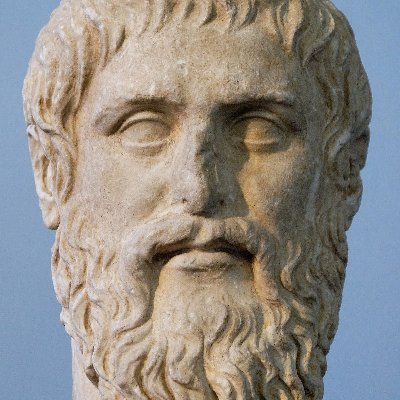What is art? Is graphic design art?
Well, if we go all the way back to the fall of the Roman Empire, among the first art to reappear in Western Europe was illumination: the illustration of the Gospels and other religious texts.
These are, unquestionably, glorious works of art.
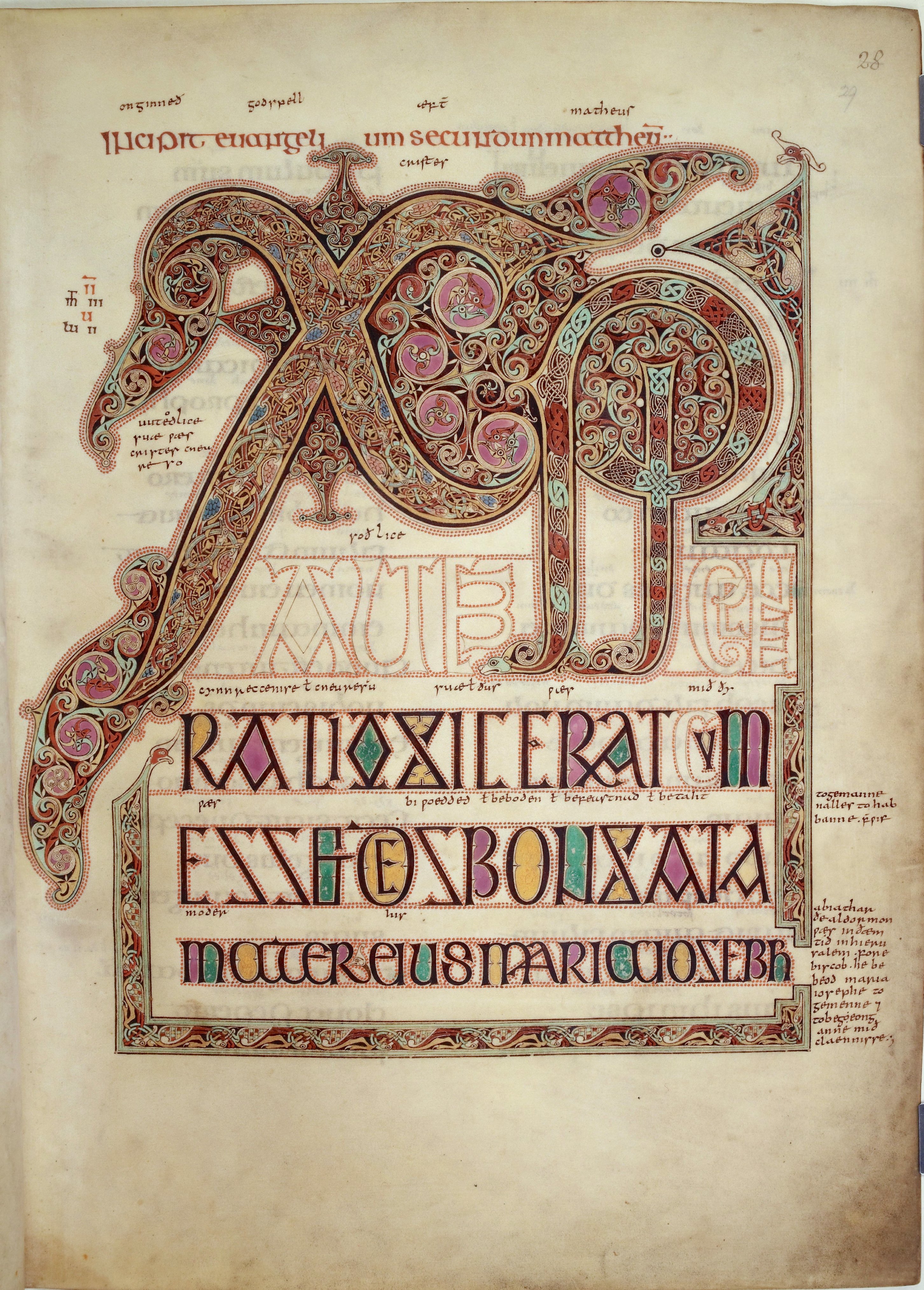

That tradition continued for centuries, but in the late 1400s everything changed with Gutenberg's printing press.
Take Albrecht Dürer, regarded as one of the greatest artists of all time. His prints and illustrations were reproduced hundreds or thousands of times.


Many artists used both methods - the great painters were also, increasingly, great engravers, printmakers, and illustrators.
The gap between "fine art" and mass-produced art was drawing in... but a painting is one thing and a poster, intended to convey information, is another.

The early days of advertising were different to how they are now. For the theatre, posters advertising plays (called "bills") were made up of words alone: their job was purely to convey information.
That started in the 15th century and continued until the 19th century.
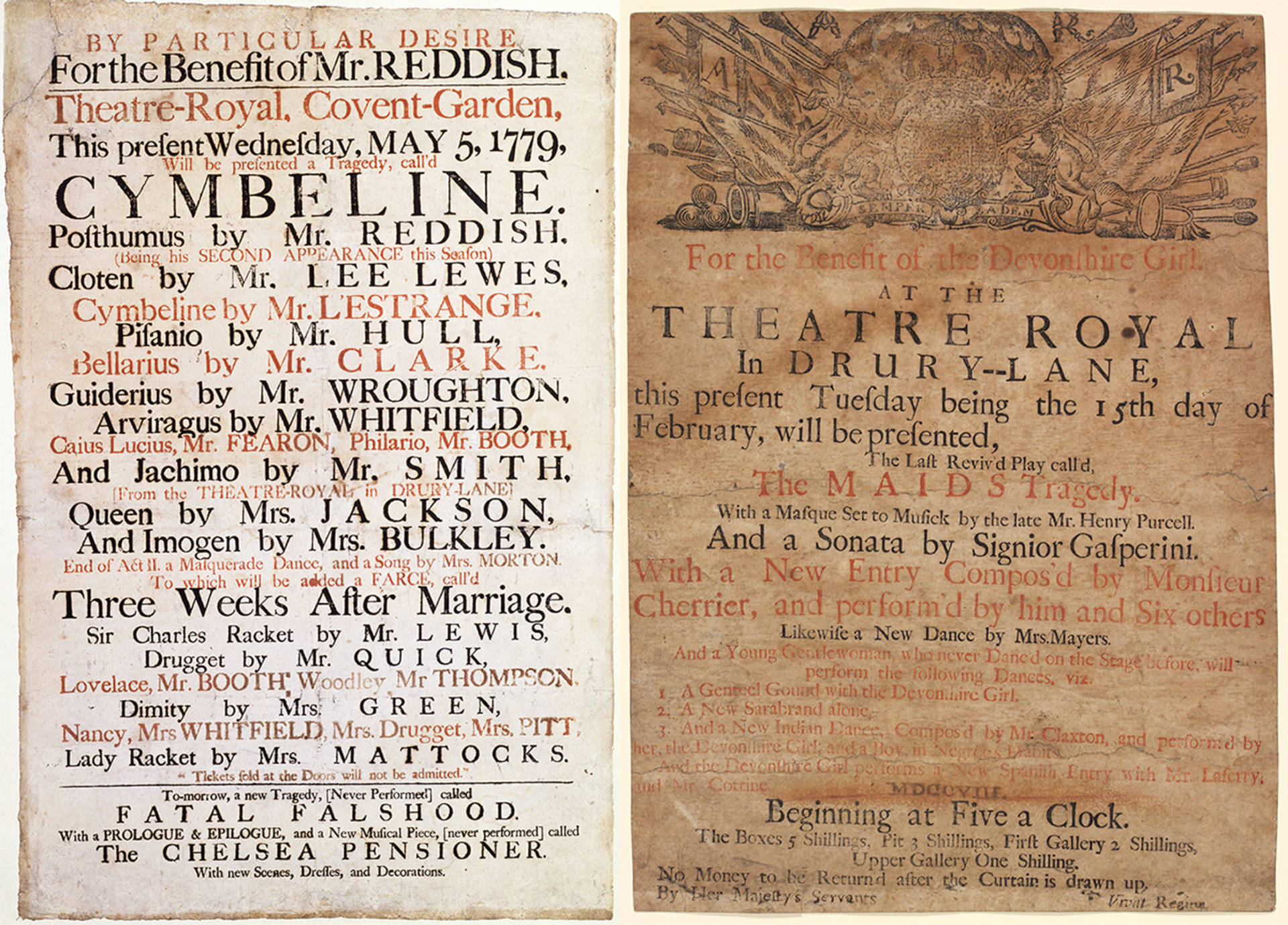
But then, as the 19th century wore on, things changed again. The rise of consumerism, combined with technological leaps such as the steam-powered printing press, both allowed and encouraged the printing of coloured illustrations as adverts on a large scale.
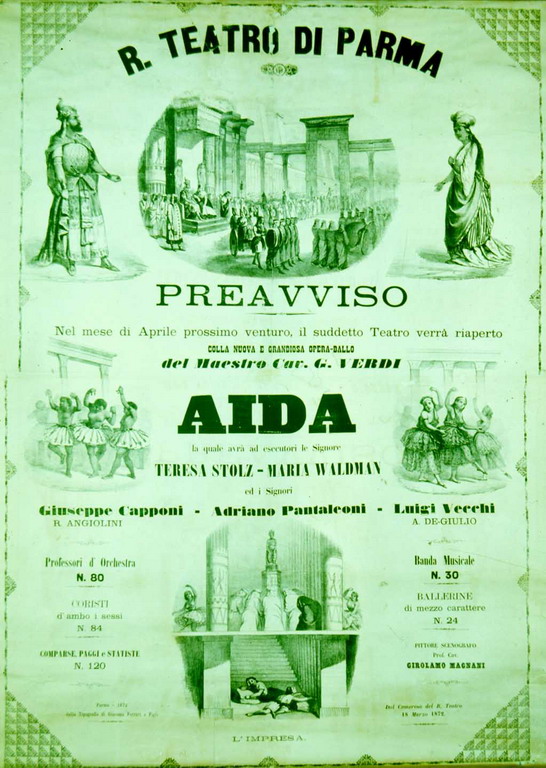
Who made these adverts and posters? One was Henri Toulouse Lautrec, a Post-Impressionist painter whose works you'll find in galleries all around the world.
He designed wonderfully Art Nouveau posters for restaurants, tobacco companies, and just about everything else.

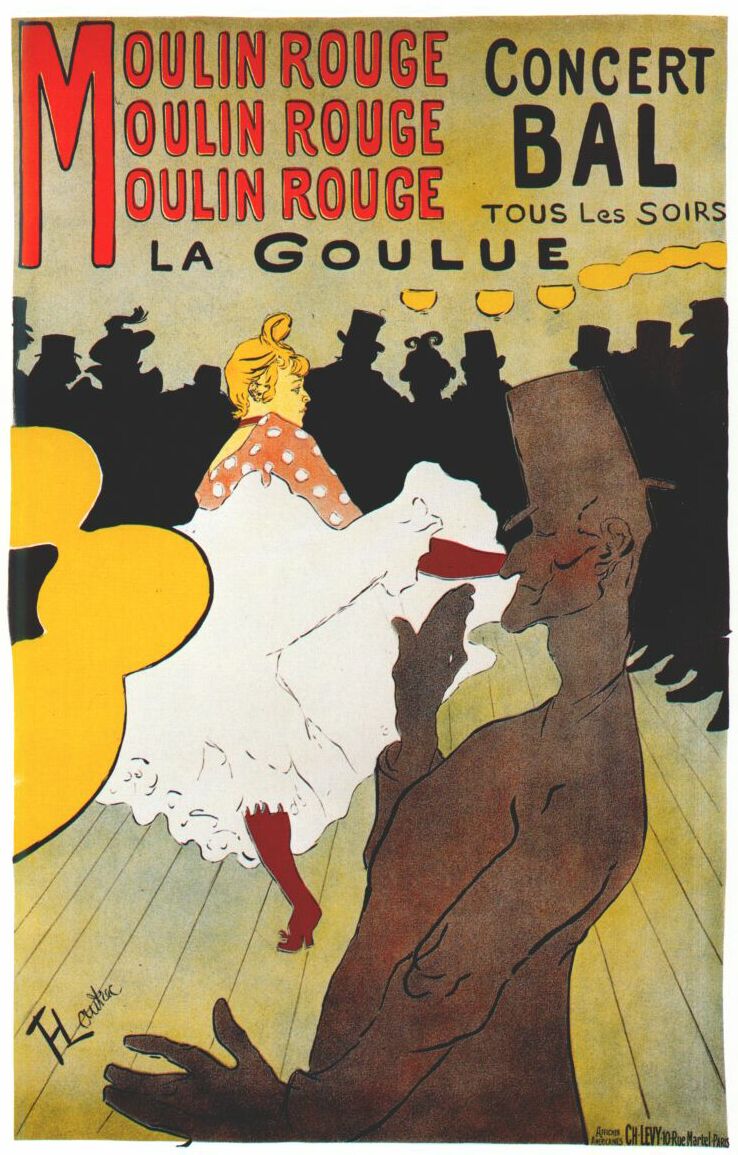
Perhaps the example most comparable to cinema is opera, which was immensely popular in the 19th century.
Its posters aren't so different from their modern film equivalents. This was no longer pure information: expression, emotion, visual flair were now important.

But the list goes on and on. The late 19th and early 20th century was the age of posters and of graphic design, whether for concerts, cigarettes, magazines, or tourism.
Advertisement had become a form of artistic expression - and it was comfortably recognised as such.
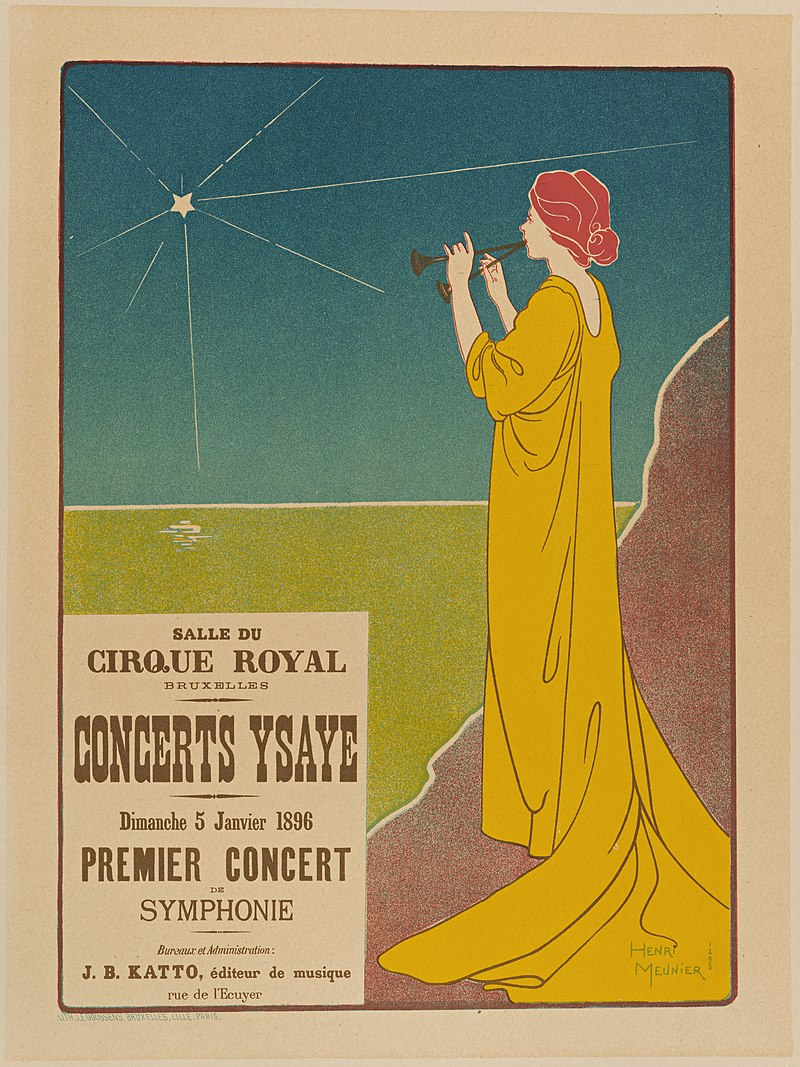

Soon enough any difference between the fine arts, advertising, illustrating, and graphic design had, to some extent, ceased to exist.
Here was an entirely new medium for artists, one whose mass-produced, commercial nature could spread their art further than ever before.


That's how you get somebody like the Czech artist Alphonse Mucha.
He designed stamps and bank notes, illustrated books and magazines, created posters for films, operas, and biscuit companies, made stained glass, and painted large canvasses and murals.
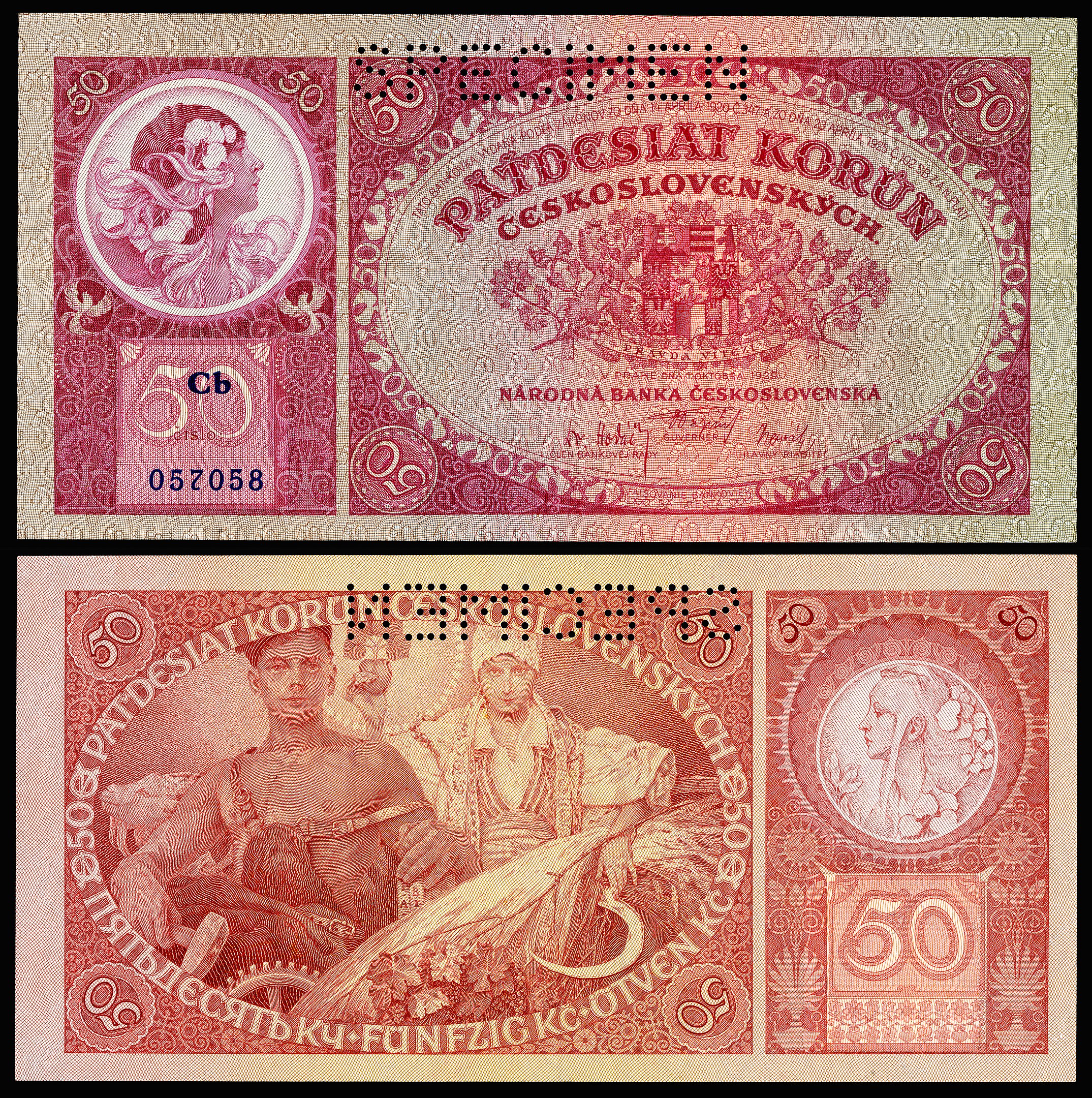
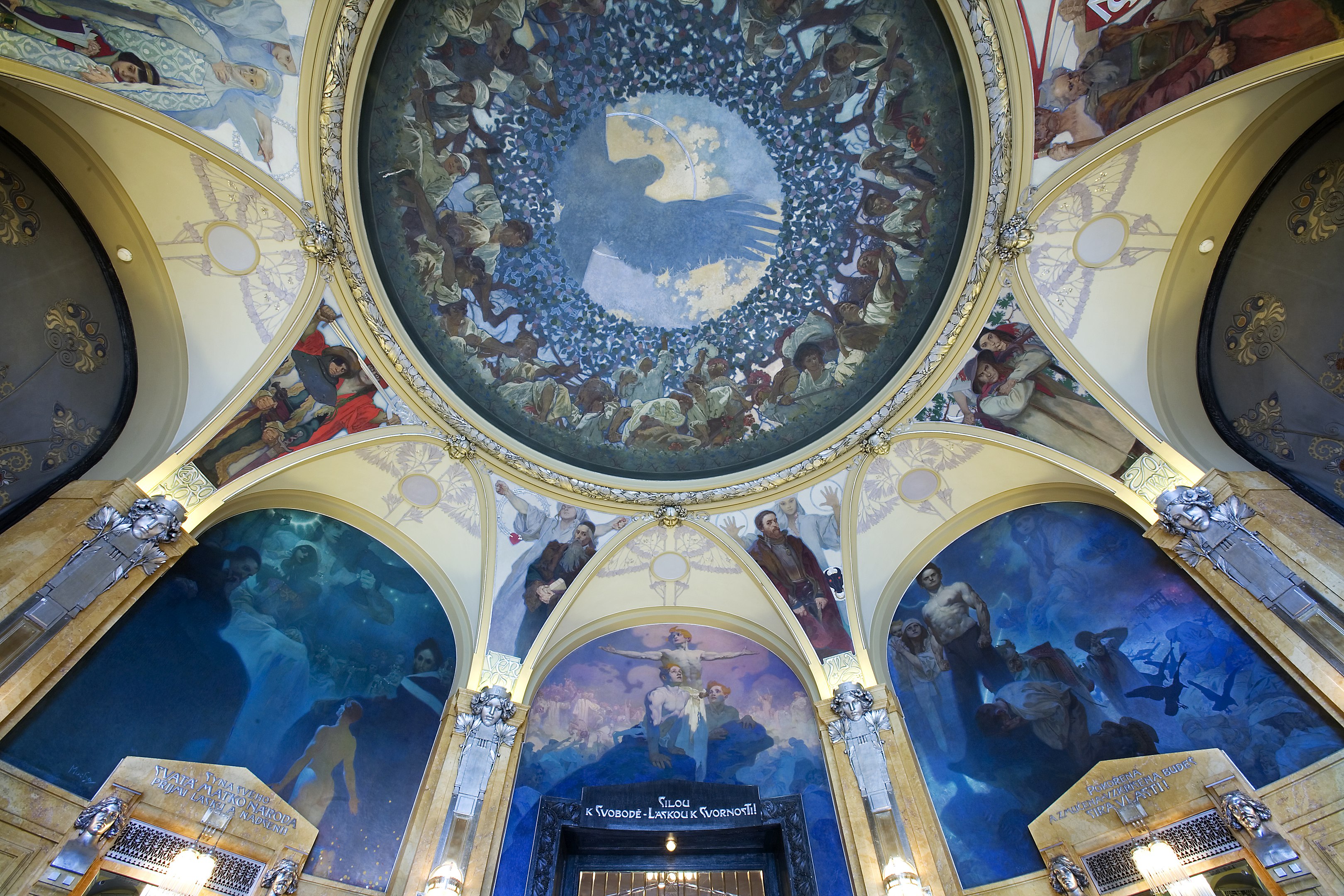

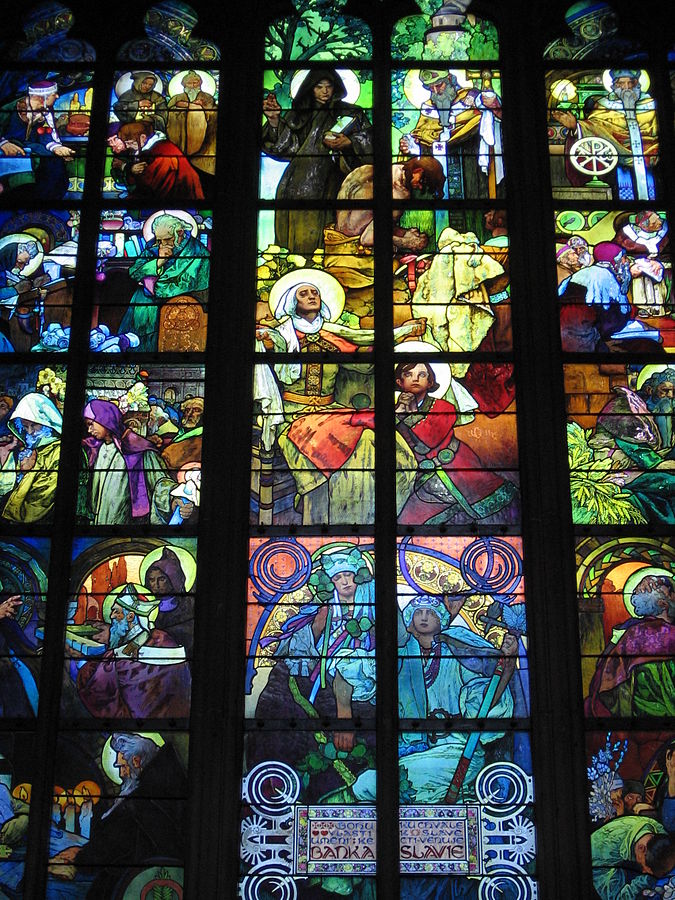
So that was the situation in the early decades of the 20th century, as the film industry was born and soon took over the world.
That whole tradition of graphic design was immediately carried across to creating posters for cinema.

Of course, those gloriously Art Deco posters of the 1920s soon faded and design, as ever, changed with the times.
Colour palettes, typefaces, and everything else were in constant flux, from decade to decade, as different film genres started to find their own iconography.

In recent decades it's been digital art that has entered, influenced, and changed the world of graphic design.
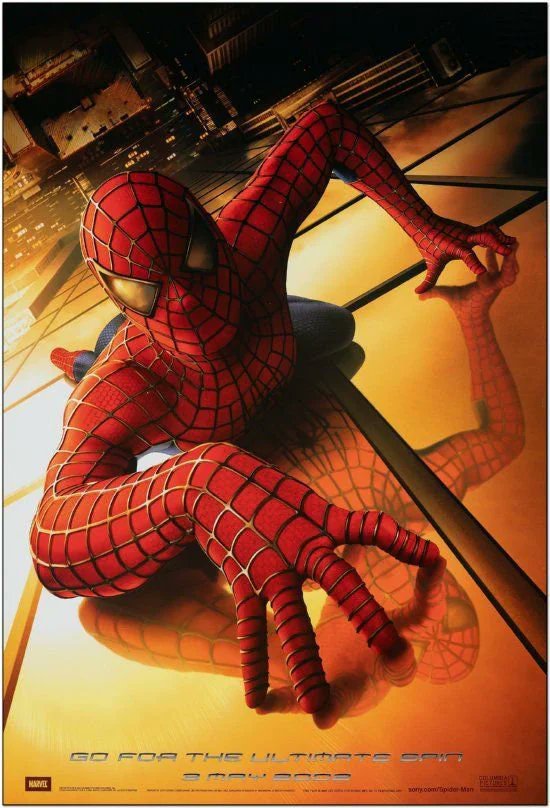

So, are movie posters art?
Well, most people are more likely to have posters of their favourite films than prints of Renaissance masters.
Posters that are often expressive, sometimes even beautiful, and (almost) always designed with careful thought by an artist.

And some movie posters have become as instantly recognisable as many of the very greatest works of art, either influencing other posters for decades to come or simply entering the visual vocabulary of wider culture.


If those posters from the 19th century are considered art, then the same must be true of modern film posters. (Not all of them, of course, but we might say the same of the older ones).
The Revenge of the Sith doesn't compare unfavourably with Toulouse Lautrec.
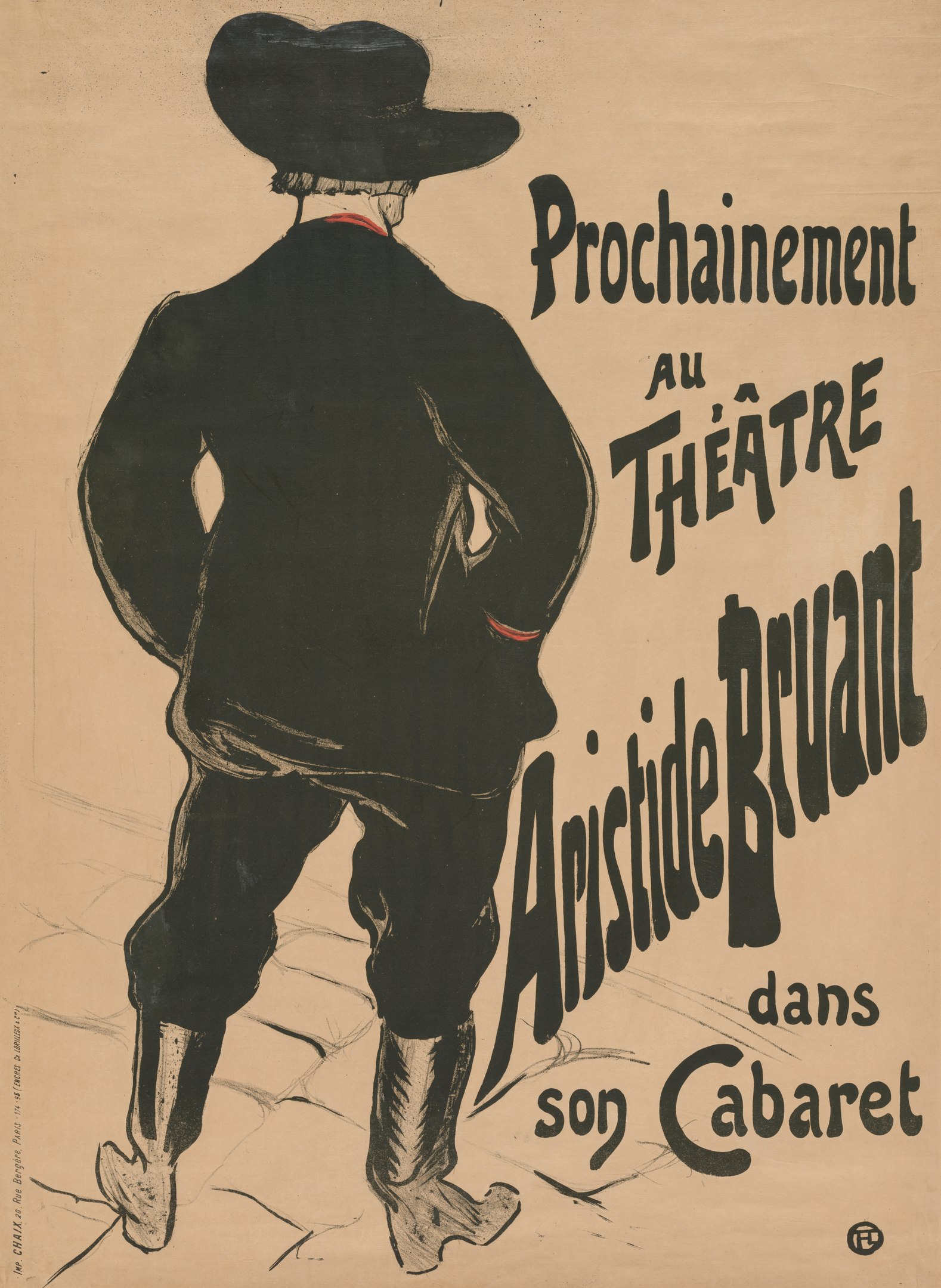

Then, as now, their primary job is to convey information. That's what distinguishes graphic design from other art forms. But that doesn't preclude serious artistic merit, expression, and even beauty.
Are they adverts? Yes. Are they also art? It certainly seems so...

